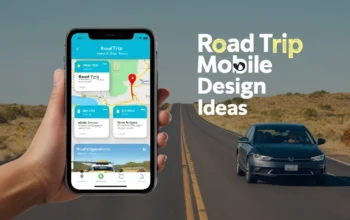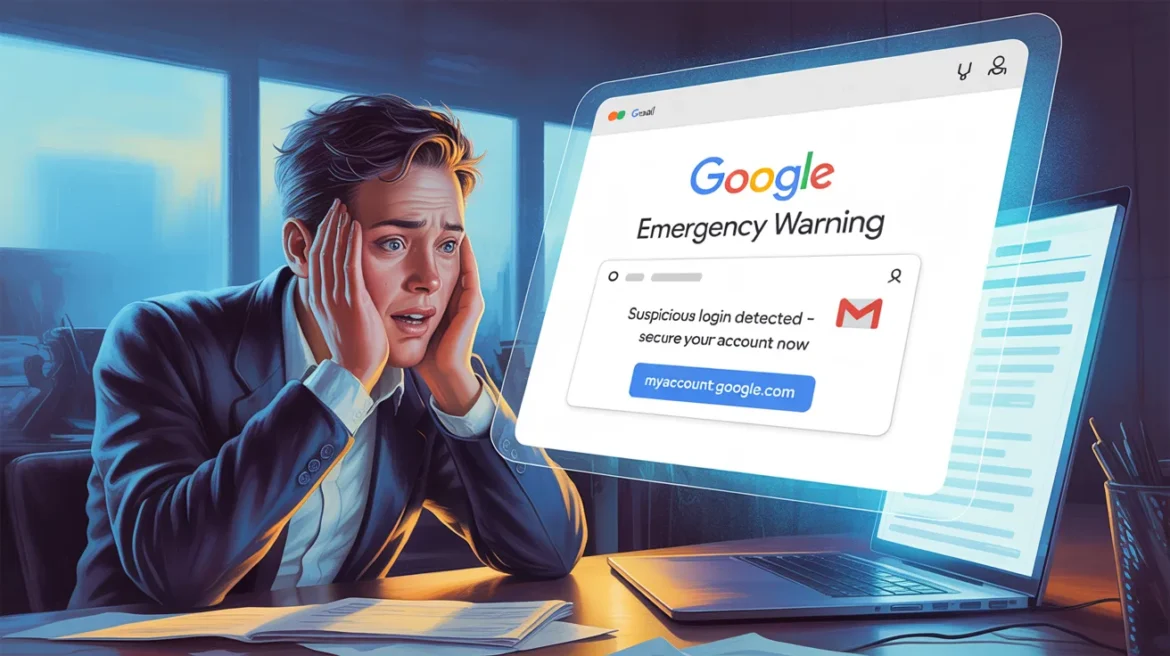
Hey there! Have you checked your email lately? You might see a Google emergency warning Gmail message. Don’t panic. These alerts keep your account safe. Google sends them when something looks fishy. Like if someone tries to log in from a strange place. Or if hackers find old data and try tricks. Right now, a big data leak from another company puts many at risk.
Over 2.5 billion Gmail users got this heads up. Google wants you to act fast. Change your password. Turn on extra security. This stops bad guys from getting in. In this post, we dive deep. We explain what these warnings mean. How to spot real ones. And tips to stay safe.
We use facts from trusted spots like Google’s own help pages. Plus stories from real people. Let’s make your Gmail stronger today. It’s easy and quick.
What Does Google Emergency Warning Gmail Mean?
Google Emergency warning Gmail pops up for good reasons. It tells you about threats to your account. For example, suspicious logins. Or hacked data from elsewhere. In 2025, a huge Salesforce breach hit hard. Hackers got info on billions. They use it for phishing scams. Google spotted this. They sent alerts to 2.5 billion users. Change passwords now, they say. Add two-step checks, too.
These warnings come as emails or app notices. They look simple. No flashy buttons. Just facts. Like “We blocked a sign-in attempt.” Or “Update your security.” Real ones link to myaccount.google.com. Fake ones might not. Always check.
Why care? Phishing rose 49% this year. Hackers trick you into giving info. One click can lose your data. But Google’s tools block 99.9% of junk. Still, you must help. Run a security checkup. It scans for weak spots.
Types of Gmail Suspicious Activity Warning
Common ones include unusual sign-in attempts. Google spots a login from far away. They sent a Gmail suspicious activity warning. Another is password reset alerts. If someone tries to change yours, you get notified.
Phishing warnings flag bad emails. Google marks them as spam. But some slip through. Watch for Gmail phishing email warnings in your inbox.
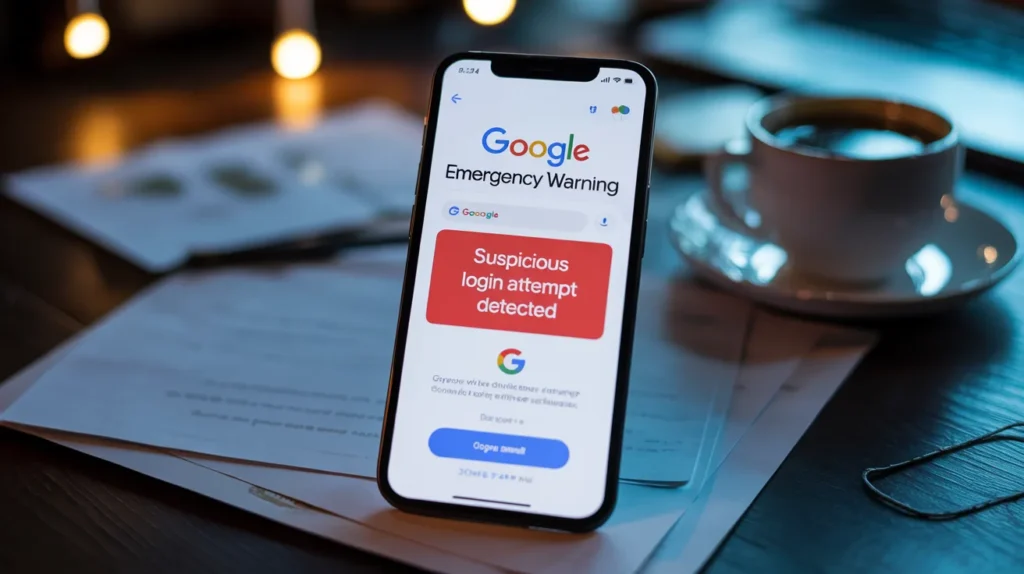
How to Tell Real Google Emergency Warning Gmail from Scams
Spotting fakes saves trouble. Real Google emergency warning Gmail comes from no-reply@accounts.google.com. Check the sender. Fakes use odd addresses like googlesupport@fake.com.
Real alerts don’t ask for passwords in email. They guide you to settings. Scams push urgent clicks. “Click here or lose access!” Please don’t fall for it.
Look at the links. Hover over them. Real ones go to Google.com domains. Fakes lead elsewhere. In 2025, AI makes scams smarter. They copy Google’s look perfectly. But check for typos. Or weird grammar.
One user on X shared a story. They got a fake Gmail hacked account warning. It looked real. But the link was wrong. They avoided it. Good move.
If unsure, go straight to Google’s site. Type myaccount.google.com. Check alerts there. No need to click email links.
Signs of Gmail Unusual Sign-In Attempt Scam
Fake ones say “Emergency! Your account is hacked.” They add fake details. Like “Login from Russia.” Real Google emergency warning Gmail gives exact info. Time and place.
Scams often have attachments. Don’t open them. They might have malware.
Steps to Take After Getting a Google Emergency Warning Gmail
Got a Google emergency warning, Gmail? Act now. First, change your password. Make it strong. Mix letters, numbers, and symbols. At least 12 characters.
Next, turn on two-step verification. It’s in settings. Google sends a code to your phone. Hackers can’t get in without it.
Run Google’s security checkup. It’s free. Finds old apps with access. Remove them. Also spots weak passwords.
Check recent activity. See logins. If strange, sign out of all devices. One tip: Use a password manager. It makes strong ones for you.
In a real case, a user ignored a Gmail suspicious login alert. Hackers stole data. Don’t wait.
If hacked, use account recovery. Answer questions. Get back in fast.
Quick Fixes for Google Account Emergency Alert
Enable alerts for everything. In settings, turn on notifications. Get texts too.
Update your recovery email and phone. Helps if locked out.
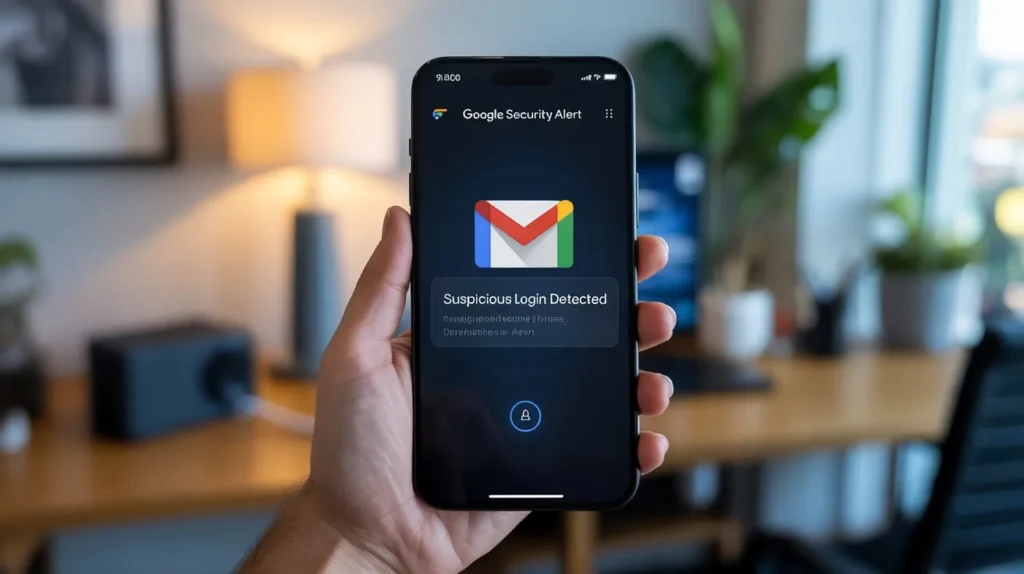
Ways to Secure Your Gmail from Future Threats
Keep your Gmail safe. Start with strong basics. Use unique passwords. Don’t reuse them.
Add Google’s advanced protection. It’s for high-risk users. Needs a security key. Blocks most attacks.
Watch for Gmail spam and phishing protection. Google filters junk. But train it. Mark bad emails as spam.
Avoid public Wi-Fi for logins. Hackers snoop there. Use VPN if needed.
Update apps and devices. Old software has holes. Hackers use them.
Stats show 36% of breaches start with phishing. So learn signs. Fake urgency. Odd senders.
One expert tip: Use Gmail’s preview. See emails without opening.
Best Gmail Password Reset Warning Practices
When resetting, do it from Google’s site. Not email links.
Choose passkeys if possible. They’re safer than passwords.
Common Scams Tied to Google Emergency Warning Gmail
Scams love these warnings. One is a fake Google emergency email scam. They mimic alerts. Ask for info.
Another: Phishing calls. “Google calling! Your account is at risk.” Hang up. Google doesn’t call.
Gmail account security breach alert fakes push malware. Click and infect your device.
In 2025, QR code scams rose 331%. Emails with codes lead to bad sites.
A user story: Someone got a fake Gmail emergency security update. They clicked. Lost money. Always verify.
Watch for Gmail suspicious email warning copies. Real ones stay in the inbox. Fakes vanish if reported.
How to Avoid Google 2-Step Verification Alert Tricks
Scammers say “Bypass 2-step for fix.” Don’t. It lets them in.
Stick to official help.
Google’s Tools for Gmail Security Alert Notification
Google has great features. Security center shows alerts. Check anytime.
Cross-account protection shares warnings with apps. If Gmail spots trouble, apps know too.
Gmail blocks 100 million phishing emails daily. Uses AI to learn.
For businesses, advanced controls. Sandbox suspicious files.
Users can set up recovery. Add a backup email.
In COVID times, threats spiked. Google added more filters. Still works today.
One cool tool: Dark web report. Checks if your info leaked.
Using Google Security Checkup Alert
Do it monthly. It’s quick. Fixes issues fast.
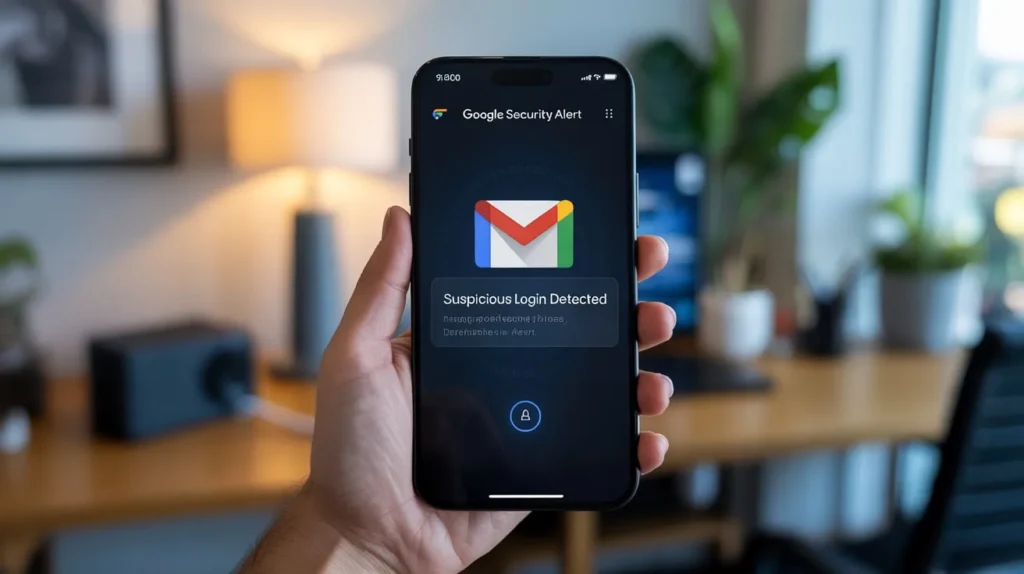
Real Stories and Tips from Gmail Users
A person ignored an unusual Gmail sign-in attempt. Regretted it. Lost contacts.
Tips from them: Check emails on the computer. Not phone. See full details.
Use the authenticator app for 2-step. Better than texts.
A family story: Kid clicked a fake link. Parent fixed with recovery. Teach kids, too.
Experts say: Train on phishing. Reduce clicks by 86%.
For 2025, watch AI scams. They sound real.
Lessons from Gmail Emergency Login Attempt Cases
One hack from a phone app. Don’t click mobile links.
Segregate accounts. Separate work and personal.
Google Emergency warning Gmail keeps us alert. It’s about threats like logins or breaches. We covered what they are. How to spot fakes. Steps to fix. Ways to prevent. The tools Google offers. And user stories.
Key takeaway: Act on real alerts. Ignore scams. Change passwords. Use 2-step. Run checkups.
Your turn. Go to myaccount.google.com now. Boost your security. Share this with friends. Stay safe online. Questions? Check Google’s help or comment below.
FAQs
What is Google Emergency Warning Gmail? It’s a real alert from Google about account threats like suspicious logins or data risks.
Is Google’s emergency warning Gmail a scam? No, real ones are legit, but fakes exist; check the sender and links carefully.
How do I respond to a Gmail security alert notification? Change password, enable 2-step, and run security checkup immediately.
What if I get a Gmail suspicious activity warning? Verify activity in settings and sign out unknown devices.
Can I ignore the Google account emergency alert? No, act fast to protect your account from potential hacks.
Key Citations
- Economic Times on Google Warning
- Yahoo News on Google Alarm
- Silive on Emergency Alert
- Mashable on Gmail Password
- MSN on Data Breach
- Proton on Google Breach
- Geekspin on Google Warning
- Newsbreak on Warning Emails
- YouTube on Data Breach
- Medium on Google Warning
- Vocal on Gmail Users
- Facebook on Gmail Warning
- Economic Times on Gmail Warns
- Passionate Penny Pincher on Security Alert
- Mirror on Gmail Alert
- Tech Glimmer on Emergency Warning
- Google Support on Security Alerts
- Facebook on Emergency Warning
- X on Google Warning
- Forbes on Gmail Security
- Google Guidebooks on Verify Alert
- Malwarebytes on Fake Alerts
- YouTube on Security Alerts
- Yahoo on Emergency Warning
- Google Guidebooks on Notifications
- Mashable on Password Change
- Economic Times on Urgent Warning
- Google Help on Secure Account
- Times of India on Security Alert
- Google Security Checkup
- Duo Circle on Critical Alert
- Reddit on Security Alerts
- YouTube on Alerts Real or Fake
- Afrotech on Issues Warning
- Yahoo on Warning Gmail
- Facebook on Scam Alert
- Economic Times on Warning Gmail
- Times of India on Urgent Warning
- Medium on Warning Gmail
- Passionate Penny Pincher on Alert
- Facebook on Scam Alert
- MSN on Action After Breach
- Reddit on Scam or Real
- Google Support on Scam Message
- YouTube on Breach Threat
- Economic Times on Warned Users
- NY Post on Update Passwords
- Economic Times on Warning Users
- Google Guidebooks on Notifications
- Forbes on Change Passwords
- Mashable on Password Now
- Proton on Data Breach
- Times of India on Urgent Warning
- Google Support on Less Secure Apps
- Malwarebytes on Fake Alerts
- Forbes on Gmail Threats
- Google Blog on Scams Survey
- Trinix on Gmail Threats
- Dmarcreport on Alerts
- Bitdefender on MFA Mandate
- Team Password on Gmail Attack
- StationX on Phishing Stats
- Microsoft Learn on Email Reports
- AAG IT on Phishing Stats
- Keepnet on Phishing Stats
- ControlD on Phishing Stats
- Google Cloud Blog on Cyber Threats
- Cofense on Email Security
- Tech Magic on Phishing Stats
- Iron Scales on Email Security
- Google Support on Cross-Account
- X Post on Gmail Risk
- X Post on Emergency Warning
- X Post on Delivery Emails
- X Post on Gmail Attack
- X Post on Warning Users
- X Post on Ransomware Attack
- X Post on Fake Alerts
- X Post on Gmail Users
- X Post on Gmail Warning
- X Post on MFA Bypassed
- X Post on Major Alert
- X Post on Database Leak
- X Post on Gmail Users Hacked
- X Post on Hack Theft
- X Post on Cyber Danger
- X Post on Under Attack
- X Post on Update Passwords
Read More: Tech Giants Envision Future

